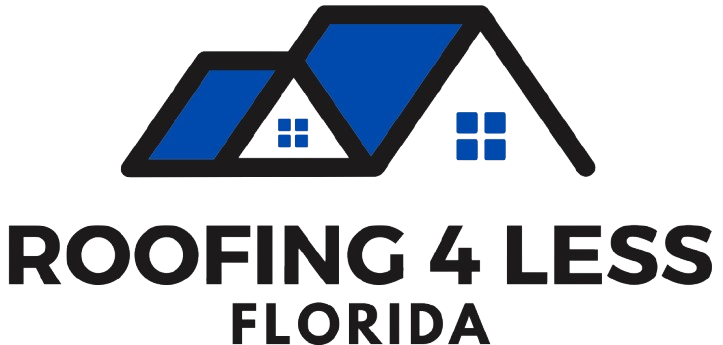A professional roofing repair inspection offers valuable insights into the health of your roof, helping identify any hidden or developing issues before they require extensive repairs. Understanding what to expect during the inspection can give homeowners confidence in the process and provide clarity on the steps needed to maintain a durable and secure roof.
Assessing Shingle and Surface Condition
One of the first steps in a roofing repair inspection involves evaluating the condition of shingles and other roof surfaces. Inspectors will check for cracked, curled, or missing shingles, as these can expose the roof to water and UV damage. Granule loss on shingles, a sign of wear, is also examined, as it impacts the roof’s resilience to weather elements. Identifying shingle issues early allows homeowners to address them promptly, ensuring the roof remains well-protected.
Examining Flashing and Sealant Integrity
Flashing and sealants are essential in preventing water from entering areas around roof fixtures like chimneys, vents, and skylights. During a professional inspection, the roofing expert will examine flashing for signs of rust, cracks, or separation from the roof surface. Sealants are checked to ensure they remain effective and have not degraded over time. Repairing damaged flashing and resealing areas as needed help keep the roof watertight and protect the home from leaks.
Checking for Signs of Moisture Intrusion
Inspectors will look for signs of water intrusion, including stains, damp areas, or weakened sections in both the roof and attic. Moisture is a primary cause of roof deterioration, and even minor leaks can lead to mold growth, rot, and insulation damage. By addressing these issues during the inspection, homeowners can prevent water from penetrating deeper into the roof structure, reducing the need for major roofing repair.
Evaluating the Roof’s Structural Integrity
A professional inspection also includes an assessment of the roof’s structural integrity. Inspectors will check for signs of sagging, warping, or weakened support beams that could compromise the roof’s stability. These structural checks are essential, especially for older roofs or roofs that have been exposed to heavy weather. Addressing structural weaknesses early through targeted repairs ensures that the roof remains strong and resilient against future conditions.
Learn more about roofing repair:
The Roof Inspection Checklist for Homeowners Spotting Issues Early

